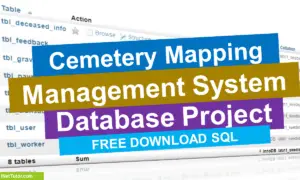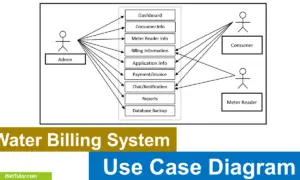IPO Model Conceptual Framework of Online Patient Information System
This post will show you how to create a conceptual framework for a capstone project, which is titled Online Patient Information System. The input, process, output (IPO) model was employed to create the study’s conceptual framework.
About the Project
Table of Contents
The “Online Patient Information System” capstone project aims to automate the recording, storing, and retrieval of patient data. A system is a superior approach that will ensure that patients’ information is kept accurately and safely. The patient portal is a web-based application that patients use to access their personal health information. The Online Patient Information System (OPIS) is a secure, web-based system that grants authorized users access to patient information over the internet. Patients can see, amend, and print their own personal information using the system. They can also purchase medicines and check their test results through the system.
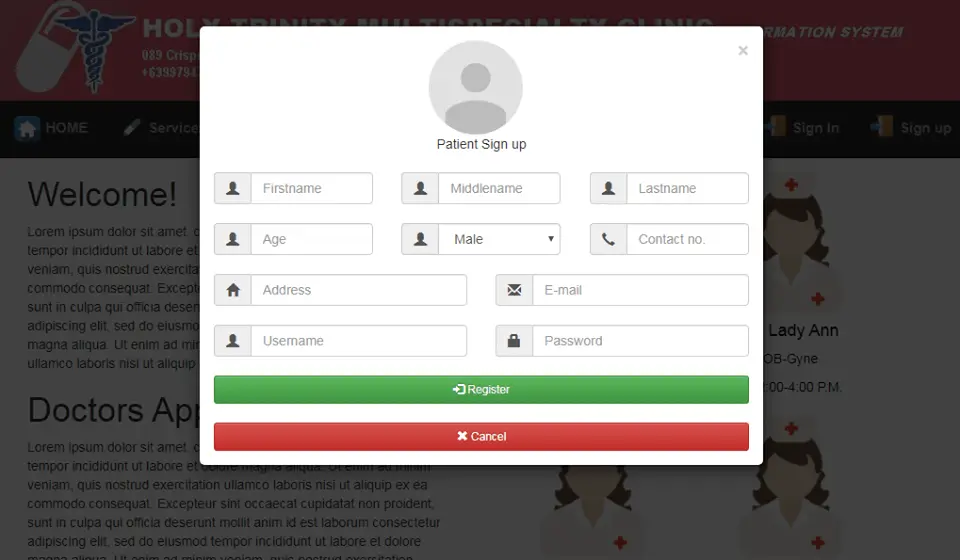
Objectives of the Study
- To enable the computerized recording of patient information.
- Patient information records will be stored on a consolidated platform.
- To improve the accuracy of the information documented in the data records of a patient.
- To improve the security and confidentiality of patient information records by limiting access to only authorized personnel.
- To make it simple and quick to get a hold of a patient’s information.
- To evaluate the system in terms of user acceptability, efficiency, portability, productivity, quality, and reliability.
Advantages of the Online Patient Information System
When it comes to implementing an online patient information system, there are numerous benefits. Some of these advantages are as follows:
- Improved efficiency and accuracy – An online patient information system can aid in the improvement of the efficiency and accuracy of patient data. This can contribute to an overall improvement in the overall quality of treatment that patients are provided.
Patient information systems, which are available online, make it easier for you and your team to access a patient’s medical history.
- Patient information systems, which are available online, make it easier for you and your team to access a patient’s medical history. Treatments, diagnostics, and appointment scheduling can all be done more efficiently as a result of this.
- Nurses’ workloads are reduced – An online system can help nurses lower their workloads in a variety of different ways. From making it easy to schedule appointments to allowing nurses to enter patient information while on the job, there are a variety of ways to improve patient care.
- Patients information systems that are utilized in an online environment can be combined with other applications such as electronic medical records (EMRs) to improve compliance with safety and privacy standards (electronic medical records).
Online Patient Information System Free Download in Bootstrap and PHP
The image above depicts the project’s conceptual framework, entitled Online Patient Information System. It is based on the input, process, and output (IPO) model. The system consists of three main components: the patient portal, the provider portal, and the healthcare information exchange.
The purpose of this conceptual framework as with any other is to highlight important aspects of the system to facilitate a thorough understanding of the system. It is not intended to be a detailed blueprint for implementation, but rather an aid in thinking about important issues that need consideration when designing and implementing such a system.
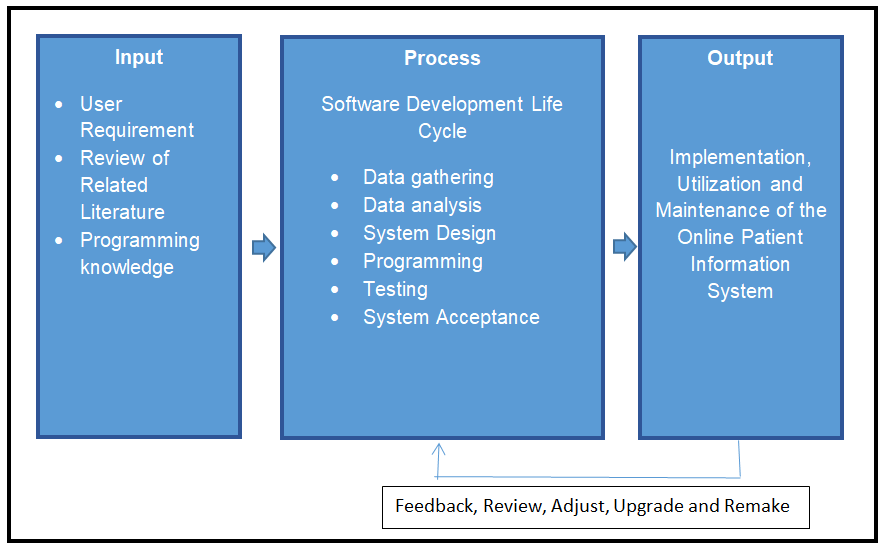
Input
User Requirement – This is the section where the researchers have gathered data on the system’s special features. It’s critical to think about their ideas because they’ll be the ones using the Online Patient Information System.
Review of Related Literature – The researchers have undertaken investigations and research in the area of the proposed system. The researchers will benefit from this procedure as they create the project or system.
Programming and Technical Knowledge – This is where the researchers can now use their knowledge in programming to design and develop the system.
Process
This is the part where the researchers will select and choose the best software development life cycle model for the project.
Data gathering
During this phase, the study’s researcher gathered all conceivable needs for the system’s development, including those obtained from the system’s beneficiaries, the end users. The survey questionnaire was created by the researcher and was validated by specialists. The surveys were used to collect information in order to improve the performance of the proposed system for future community use.
Data analysis
Consultation is used to acquire requirements from the end-user, and ideas are made. We also conducted a survey questionnaire, which the three experts approved (IT Expert, English Grammarian, and Researcher). And these questionnaires served as our data collection instrument for assessing the performance of the manual system, which served as the foundation for developing our proposed system.
System Design
The prototype and the proposed features of the system are created in this phase. Also the concrete understanding of how the system will operate is developed. In here, we identify all the necessary system inputs and outputs, design of data, processes and interfaces.
Programming
In this stage, we materialized the whole idea of the software to be designed. We created the program for the proposed system. The actual coding of the software is based on the system design and the requirements needs to be met. This is where the proper execution of the previous stages ensures a smooth implementation.
Program testing
In this phase, the researcher performed series of testing to check for any possible problems may arise during implementation and operation of the software and if the specification has been met.
System acceptance
This is the final stage, where the system is being installed and to be maintained after actual implementation. One must take into consideration are the hardware and the software requirements for the proper installation of the system. As part of the acceptance of this phase, the client is required to have a user training to enable them to familiarize fully the whole system.
Output
The project comes to life and is executed in the real world after all of the necessary procedures have been completed. A new project is born, and it will be maintained for the project’s long-term survival. The Online Patient Information System will be implemented, used, and maintained at this stage.
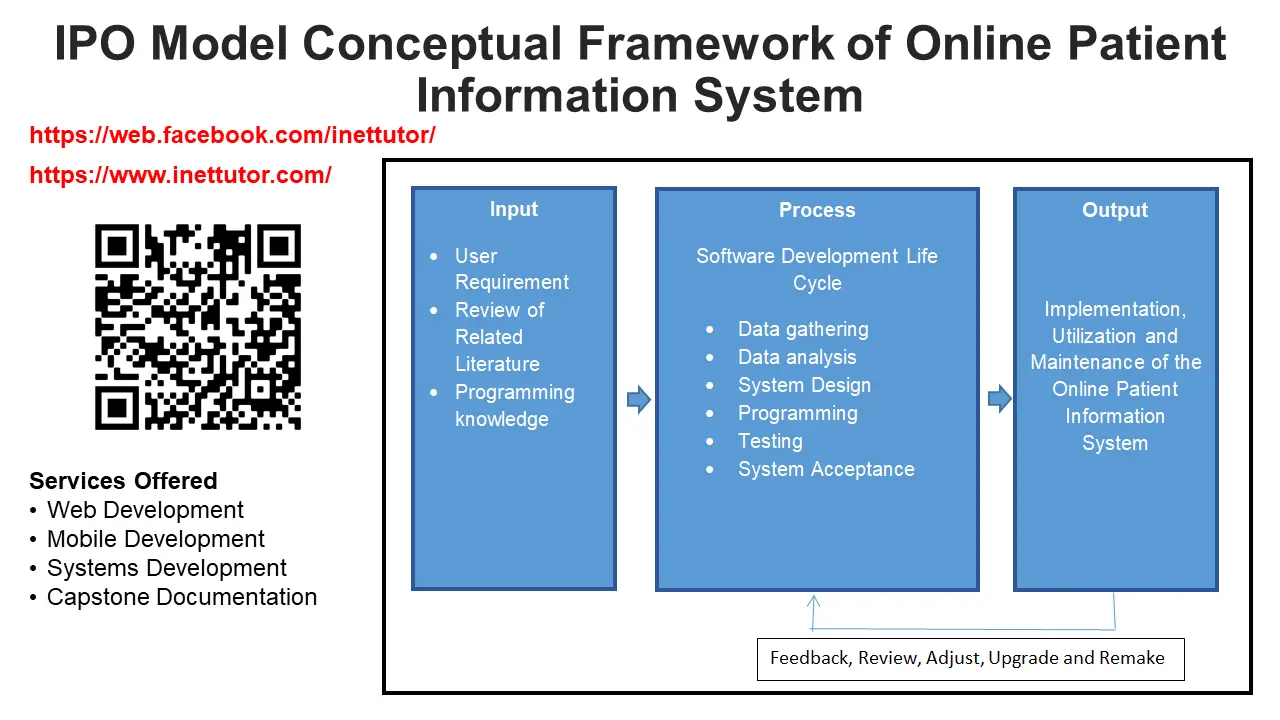
Summary
The study’s conceptual framework will be built using the input, process, and output (IPO) model. The researchers first define the project’s user requirements, as well as review pertinent literature for the study, before applying their programming skills to construct the project. For the completion of the system, the researchers will employ the Software Development Life Cycle (SDLC) technique. Its purpose is to ensure that the project will go through many stages in order to assure comprehensive functionality that meets the users’ demands. The Online Patient Information System will be implemented, used, and maintained as a result of this project.
You may visit our Facebook page for more information, inquiries, and comments. Please subscribe also to our YouTube Channel to receive free capstone projects resources and computer programming tutorials.
Hire our team to do the project.
Related Links and Articles:
Information Systems Database Design and Model Examples
IPO Model Conceptual Framework of Voting System
IPO Model Conceptual Framework of Procurement Management System
